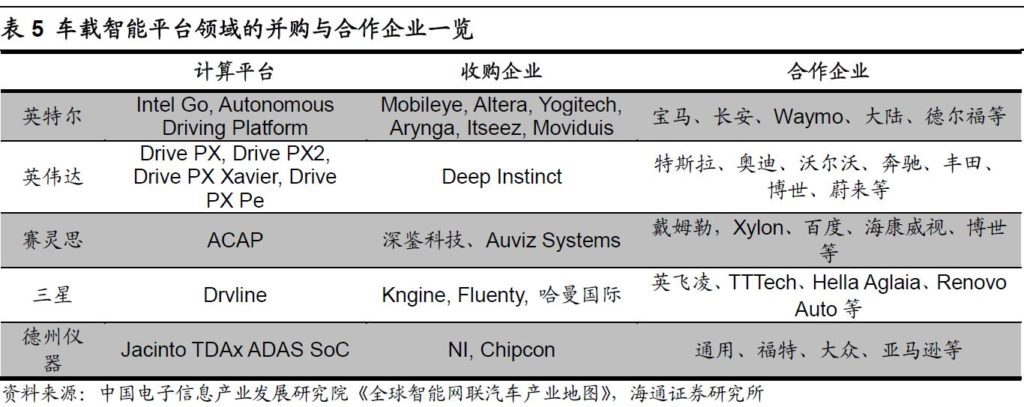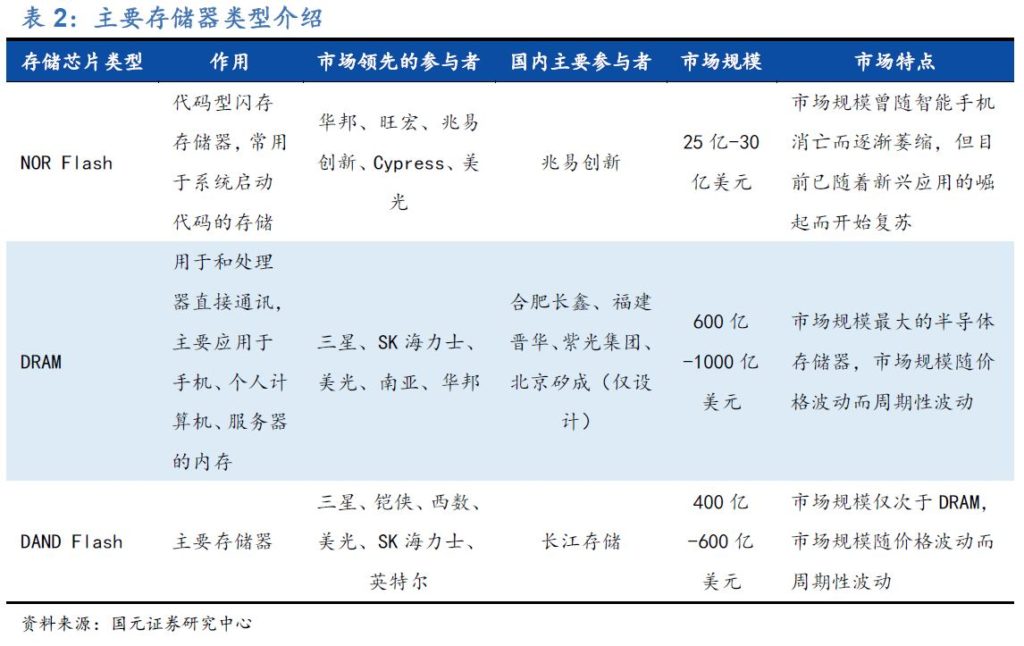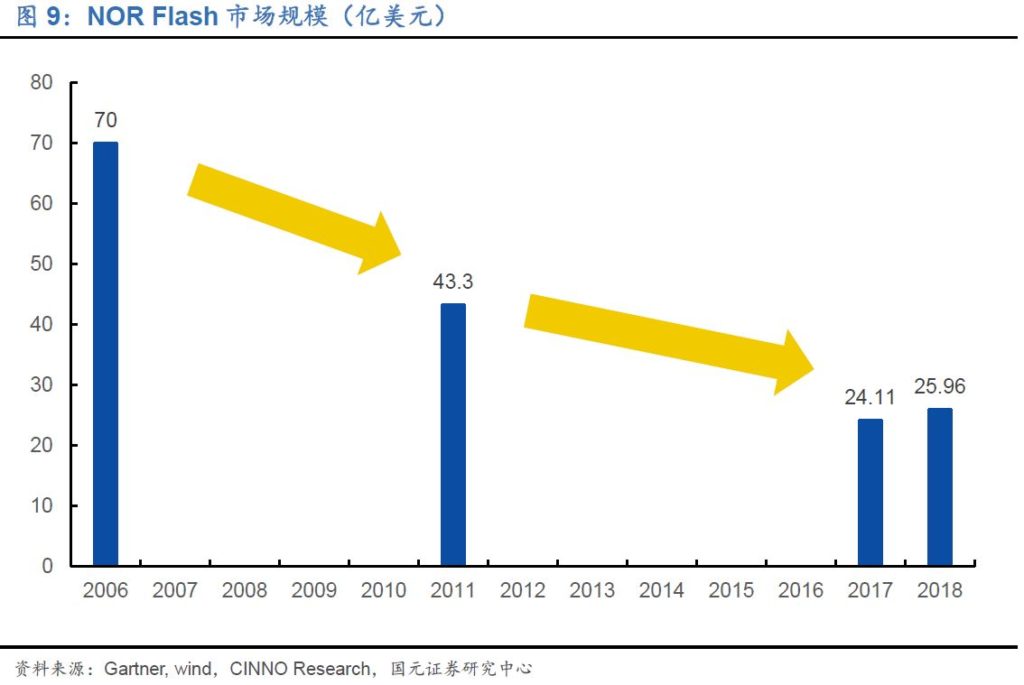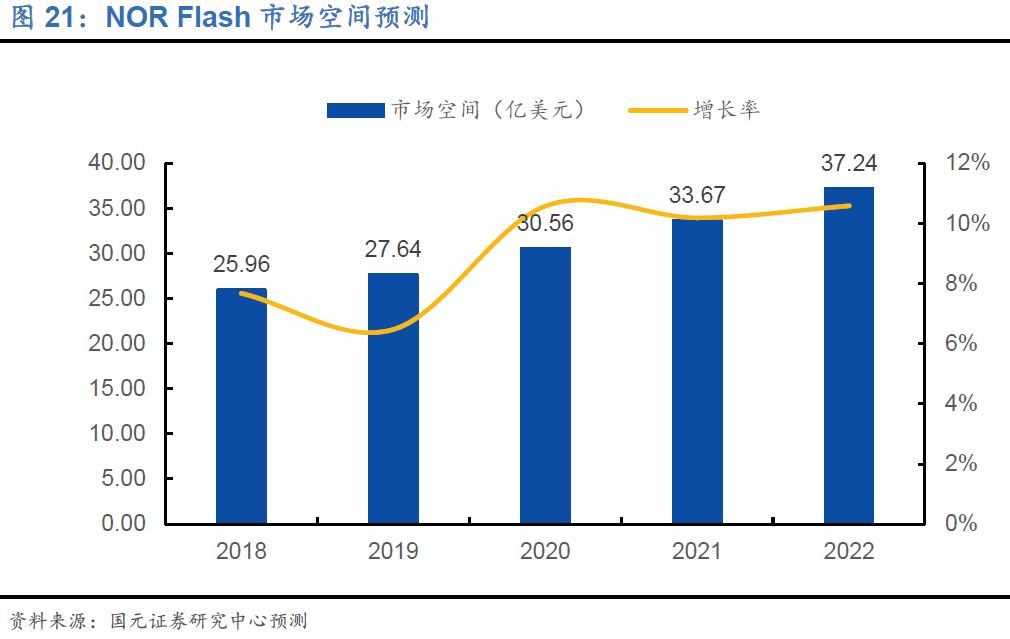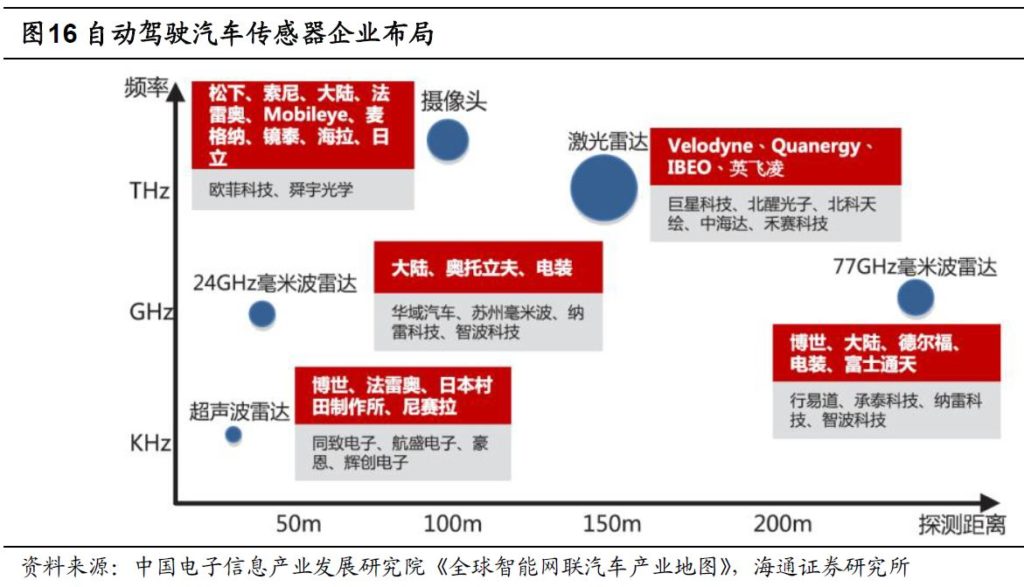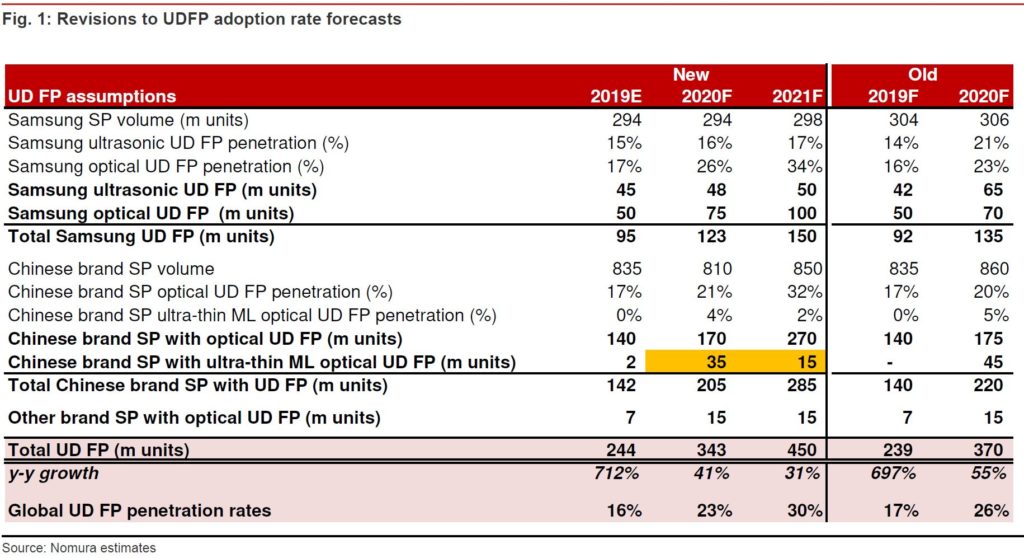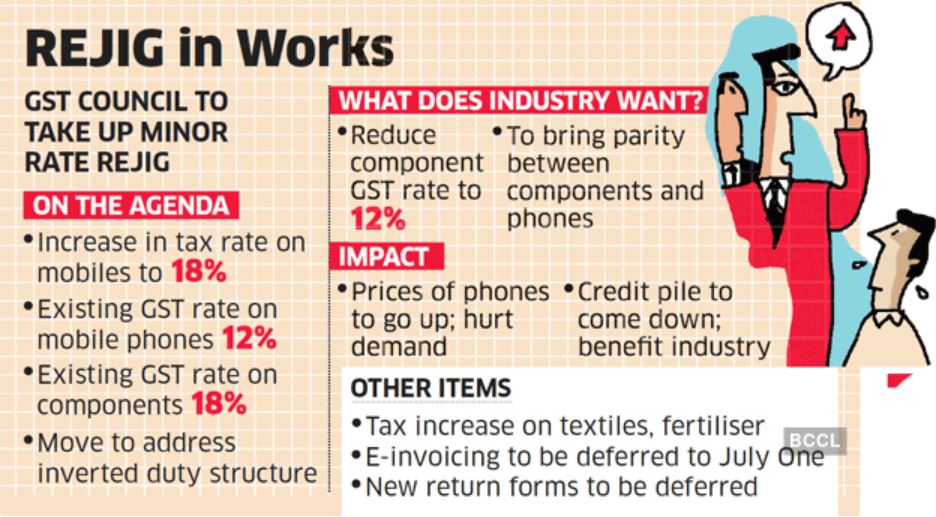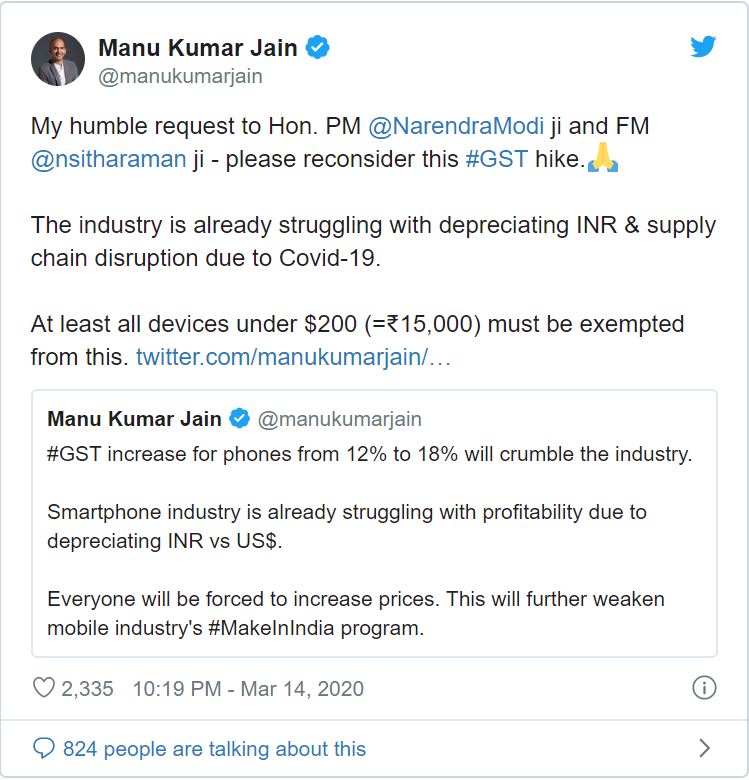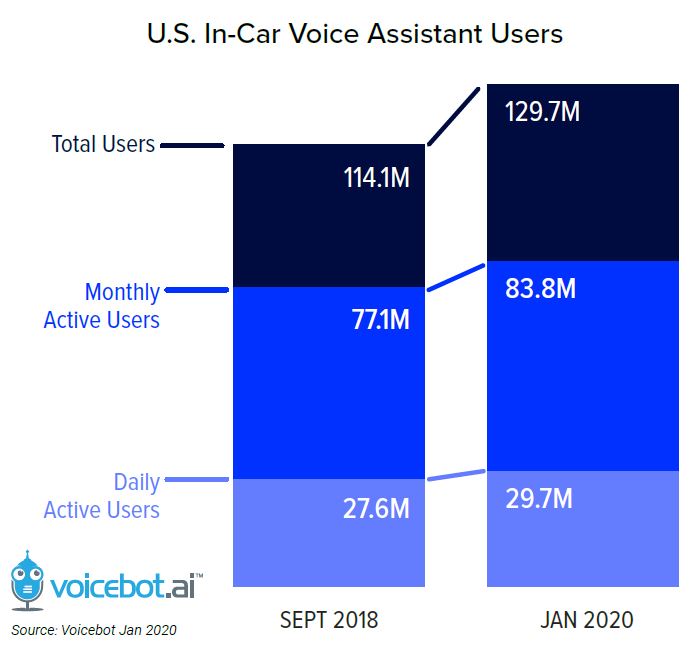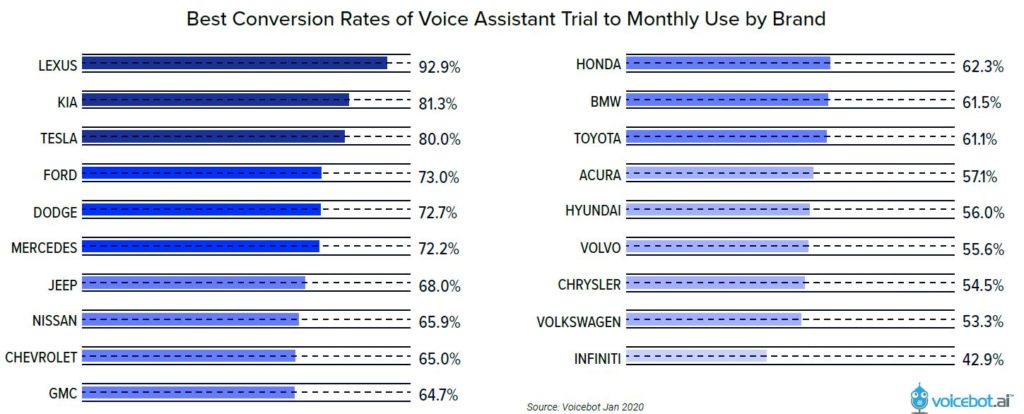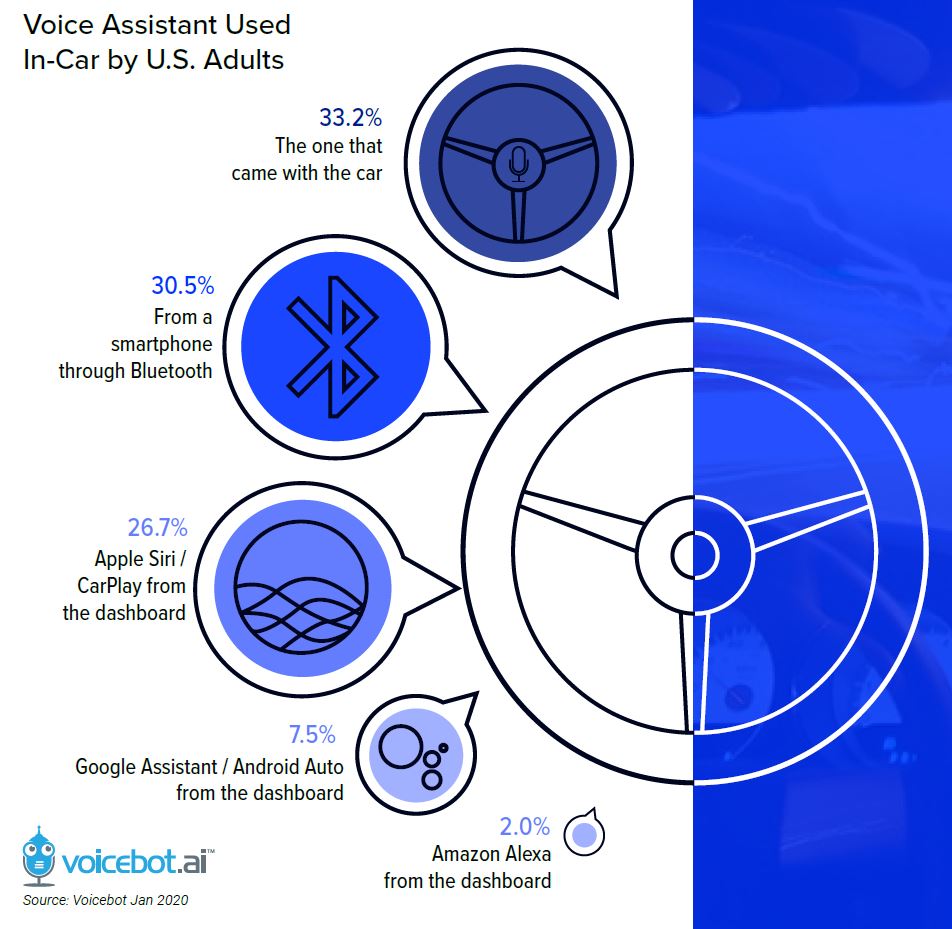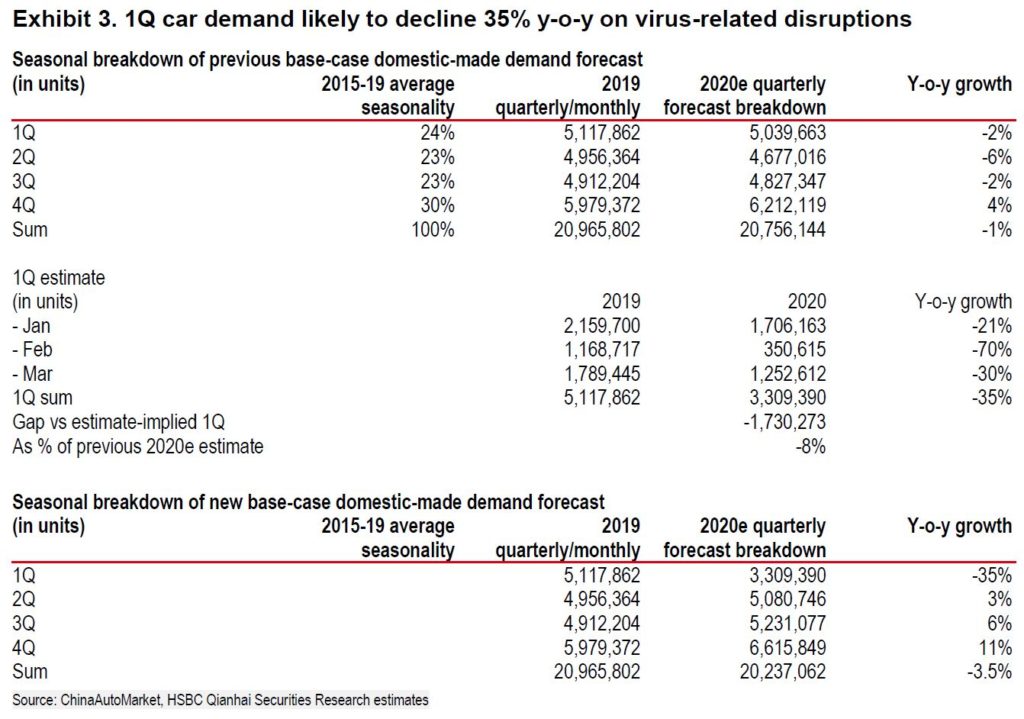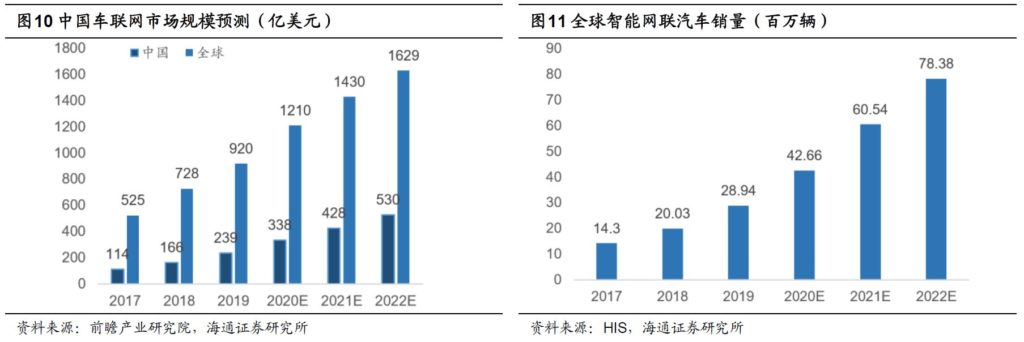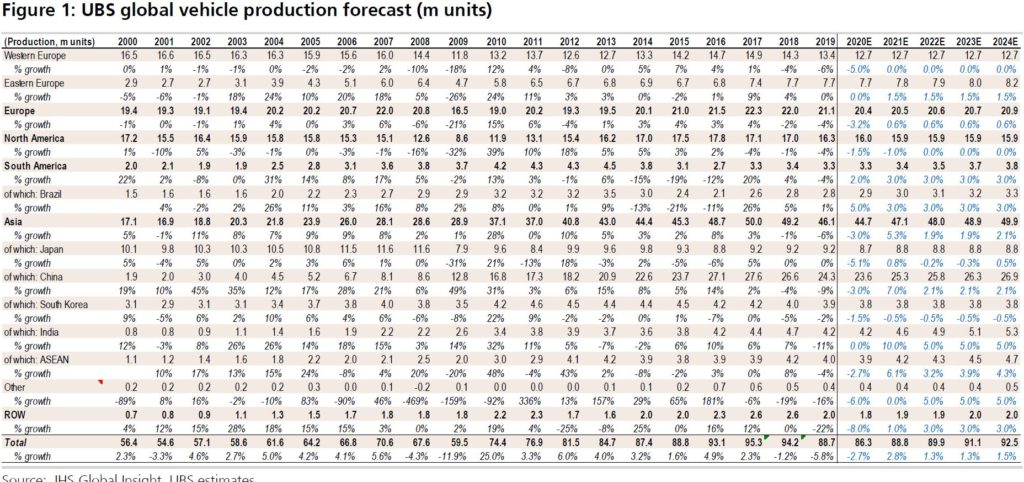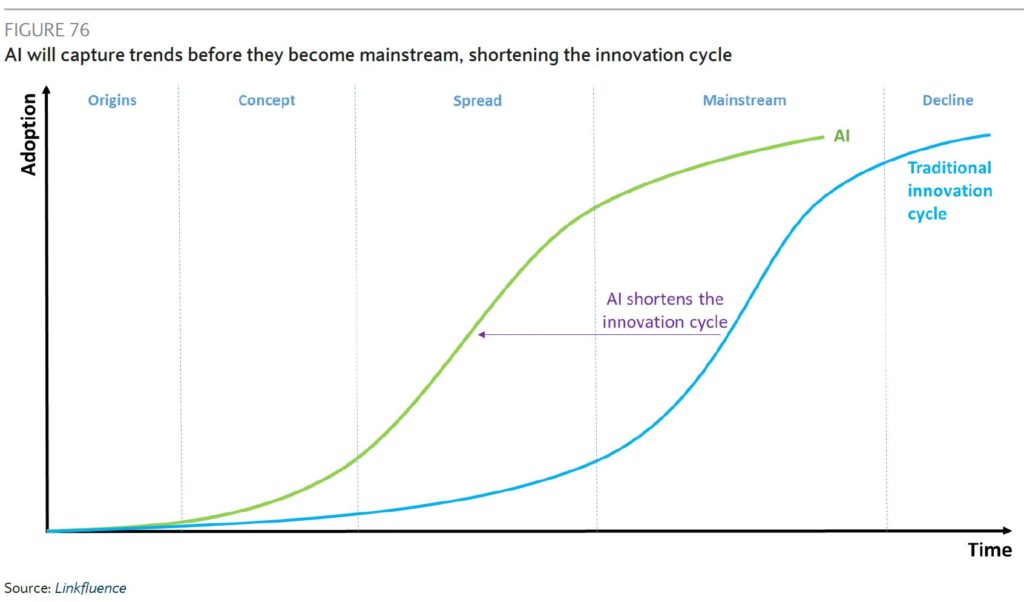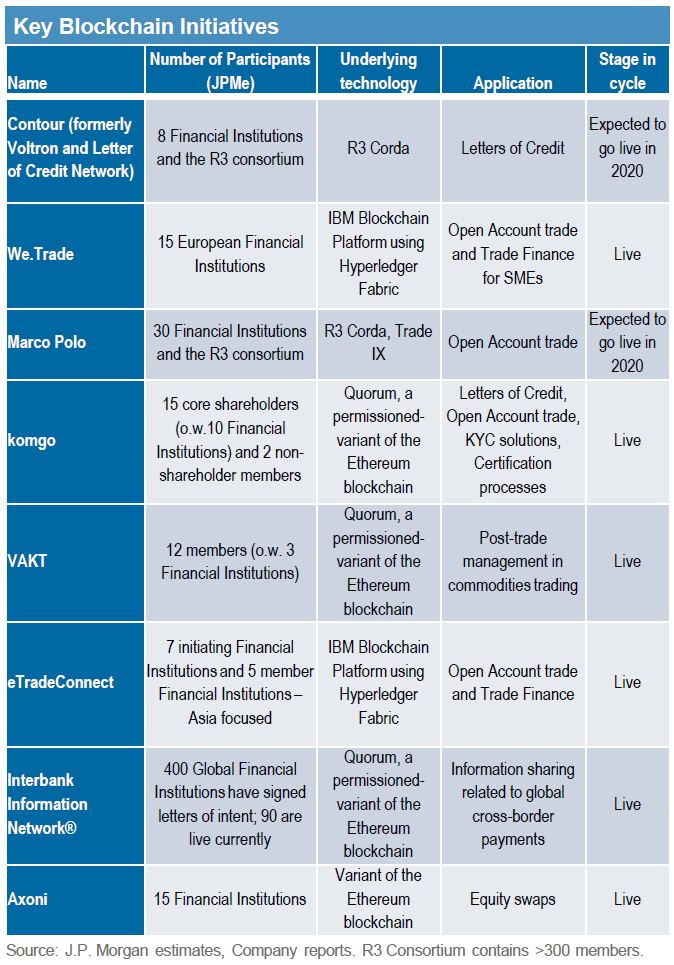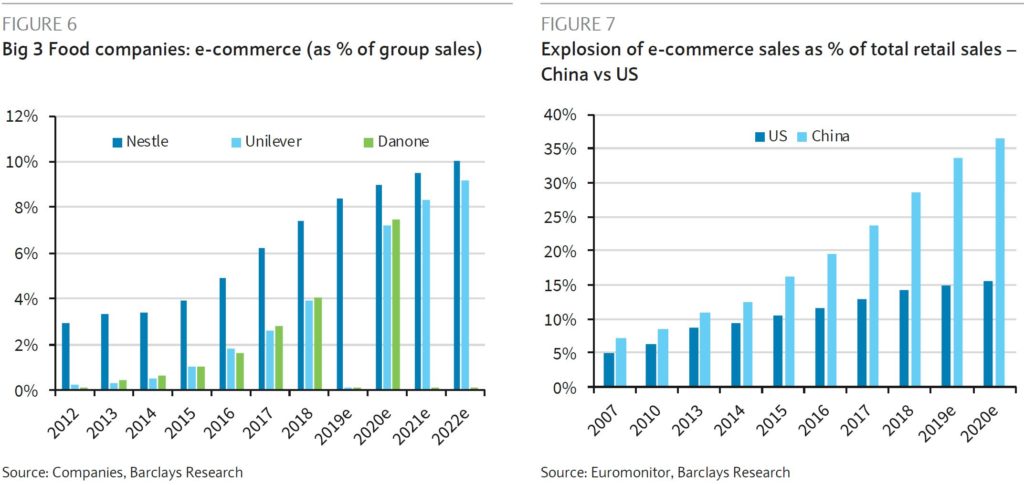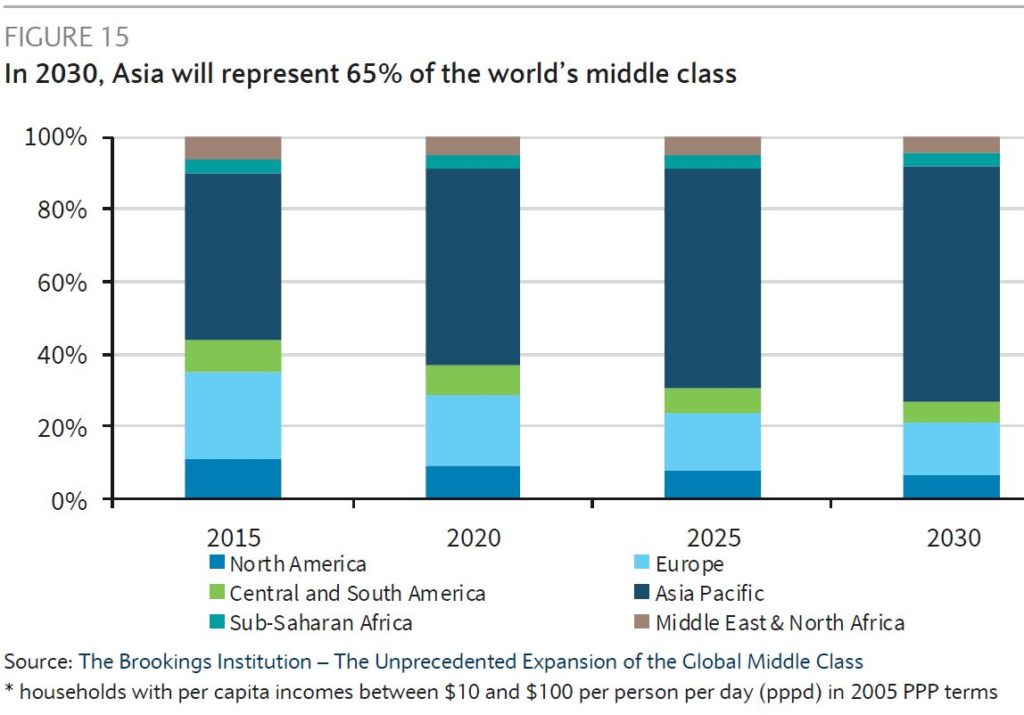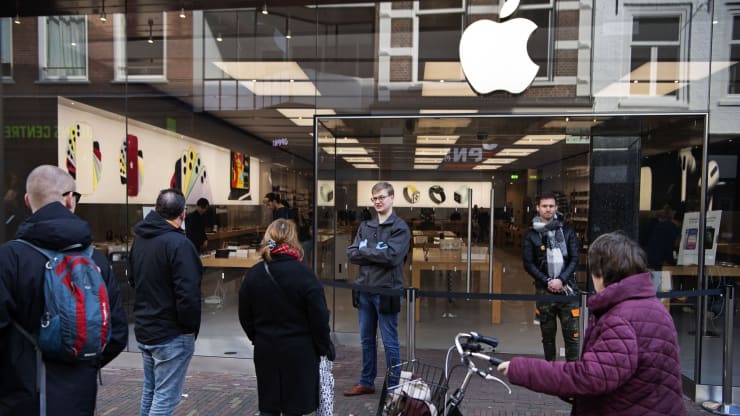
3-15: Indian GST Council has decided to increase GST rates on mobile phones to 18%; Apple has announced that it will close all of its stores outside of Greater China until 27 Mar; etc.
Chipsets
HiSilicon 5nm Kirin processor has reportedly been verified in Dongguan, Beijing, and other places. This chip will commence mass-production / delivery in Aug 2020. Huawei will use the 5nm process to mass-produce the Kirin 1020 chip, and expected to be available in 3Q20. TSMC will begin mass production of 5nm chips in Apr 2020. (Laoyaoba, GizChina, IT Home)
Both chip manufacturers and software companies are seeking cooperation. Intel has acquired Mobileye in order to integrate the advantages of both parties and accelerate the development of computer vision and high-performance computing platforms. In addition to Intel, companies such as Nvidia and Xilinx have adopted mergers and acquisitions to strengthen their own competitiveness and research and development speed. Enterprises accelerate the layout of autonomous driving through mergers and acquisitions, which is expected to accelerate the realization of L3 and L4 autonomous driving. (Haitong Securities report)
Memory
According to CINNO Research, the prices of DRAM and NAND Flash have continued to rise in Feb 2020, and NAND rose faster than DRAM: (1) DRAM has risen 3% -4% month-on-month, driven by demand from server / data center’s rapid deployment of 5G infrastructure; (2) NAND month-on-month growth of 7% -15%, mainly driven by the server market driving demand for enterprise-class solid state drives and rising prices. (BOCI Securities report)
Among the semiconductor memories, the largest market size is DRAM and NAND Flash with tens of billions of dollars, of which the market size of DRAM in 2018 has reached USD100B. In addition, NOR Flash has a large market space for memory chips. Its market size has once gradually decreased with the demise of feature phones. However, in recent years, with the rise of emerging markets, the market space of NOR Flash has gradually restored. (Guoyuan Securities report)
According to CINNO Research, the total sales of NOR Flash in 2018 were USD2.596B, and according to Gartner data, this size has exceeded USD7B in 2006. After more than 10 years of development, under the background of inflation, the market space of NOR Flash has not increased but declined. (Guoyuan Securities report)
Guoyuan Securities believes that NOR Flash has bid farewell to the history of market space decline over the past few decades. Driven by emerging applications, the market size will return to growth. According to the calculation of Guoyuan Securities, in the future, driven by emerging applications, the market size of NOR Flash will maintain an annual growth rate of about 10%. (Guoyuan Securities report)
Sensory
According to the research of China Electronics and Information Industry Development Institute, it is estimated that the global intelligent connected car sensor market size will reach USD54.8B by 2025. Foreign companies such as Panasonic, Sony, Bosch, domestic Sunny Optical, Hesai Technology, and Huayu Automotive are accelerating the market layout. (Haitong Securities report)、
Biometrics
Nomura slightly lowers their 2020 global under-display fingerprint (UDFP) market volume forecast to 340M units (from 370M), but expect it to grow to 450M units in 2021. However, Nomura cuts their ultrathin optical UDFP volume forecast to 35M units (from 45M; vs. market consensus of 60M-80M units) for 2020, and expect it to fall to 15M units in 2021. (Nomura report)
Phone
The India finance minister Nirmala Sitharaman has revealed that the GST Council has decided to increase GST rates on mobile phones to 18% from 12% with effect from 1 Apr 2020. Xiaomi India managing director Manu Jain is asking GST Council to at least exempt devices priced below USD200 (approximately INR15,000) from the latest GST hike. (GizChina, Gizmo China, India Times, Hindustan Times, Economic Times, Live Mint)
Apple has announced that it will close all of its stores outside of Greater China until 27 Mar 2020 to reduce the risk of the coronavirus spreading. Apple CEO Tim Cook has said the company had learnt lessons from the outbreak in China and that is why it is taking these steps. (CN Beta, CNBC, The Guardian)
According to Cinda Securities, for smartphone manufacturers, conventional inventory is generally around 40 days, and Huawei’s smartphone sales in 2019 are 241 million. So Huawei’s reasonable inventory is 27M. If Huawei has inventory of 40M phones, its current inventory cycle is around 60 days. As Huawei is affected by the GMS ban, sales in overseas markets such as Europe are impacted making the company have a certain channel of inventory backlog, which is understandable. (Cinda Securities report)
Automotive
In-car use of voice assistants is clearly a large market. It is also a growing user base. The 129.7M users that have employed voice assistants while driving as of Jan 2020 reflects a 13.7% rise from Sept 2018. That is about 1M new users per month during the period. Monthly and daily users also rose during the period although at lower rates than overall users that have at least tried the services. Monthly active voice assistant users in the car rose 8.7% from 77.1M to 83.8M while daily active users were up 7.6% from 27.6M to 29.7M. (voicebot.ai report)
Some auto brands seem to have drivers that are more likely to convert from voice assistant trial while driving to regular use. U.S. adults that drive Lexus are the most likely to be monthly active users of voice services in the car followed by Kia and Tesla. This reflects a significant rise for Kia up about 10% from Sept 2018. However, Tesla was in last place in terms of monthly active voice users in the car during voicebot.ai’s 2018 survey and jumped from about 50% to 80% in 2020. (voicebot.ai report)
The most common way for consumers to access a voice assistant while driving is to use the embedded solution that comes with the car. That figure was up marginally to 33.2% in Jan 2020 from 32.0% in Sept 2018. Falling marginally during that period was accessing a smartphone voice assistant through the car using a Bluetooth connection, from 32.1% to 30.5%. However, both of these top two responses were close and within the margin of error. (voicebot.ai report)
HSBC believes the car market will remain under pressure in 1Q20 and that sales might book a 35% YoY decline for the quarter, or a volume decline of 1.7M units, which is 8% of HSBC’s previous 2020 car sales volume forecast of 21M units (implying a 1% decline for the full year). While the effect of supply disruptions is relatively easy to quantify, the demand mechanism might be more challenging to map out. Lower GDP growth could decrease disposable incomes and lower consumer confidence, and thus HSBC expects about 30% of the pent-up demand in 1Q20 might be dipped or delayed out of 2020. (HSBC report)
Haitong Securities believes that intelligent connected cars can be divided into hardware equipment vendors, software service providers, and operation service providers. The software and hardware levels can be viewed from two aspects: vehicle-mounted and roadside. V2X systems have a high degree of integration. To ensure basic communication functions, the most basic is to deploy OBU and RSU. The lowest layer in the OSI model is the physical layer, followed by network layer, transport layer, and application layer. The software is gradually developed and improved in different scenarios. With the continuous accumulation of data, the operating services are gradually mature. According to the Prospective Industry Research Institute, China’s connected vehicle market will reach USD33.8B, USD42.8B, and USD53B by 2020-2022. (Haitong Securities report)
2019 was a challenge year for the auto semis industry with autos production down 6% and UBS estimates auto semis sales down 4% as inventory work-down in the supply-chain offset underlying content growth. In Jan 2020, most corporates were looking forward to a strong recovery in demand through 2020 as production stabilized and inventory levels had normalized. While some of this is still the case (UBS believes inventory levels downstream are much leaner than entering 2019), the coronavirus outbreak and its associated demand and supply-chain disruption is likely to make 2020 another challenging year for auto semis. UBS has downgraded their production estimate for 2020 to -3% YoY from +1% and depending on how long it takes for supply chains and depending on the demand recovery, there could yet be further downside risk. (UBS report)
Artificial Intelligence
The key to harnessing the wealth of future information will be leveraging te power of technology such as AI and Machine Learning to drive meaningful insights. In the future, brands will be able to harness real-time analysis of behavioral patterns and market trends in order to predict trends before they emerge in the anticipation of the consumer’s future needs. (Barclays report)
Fintech
Banks have continued to invest in blockchain Key Blockchain Initiatives in 2019, but JP Morgan has yet to see tangible cost benefits. However, JP Morgan continues to see long-term potential for Distributed Ledger Technology (DLT) to transform Banks’ business models, and expect continued momentum in adoption in the medium term. (JP Morgan report)
E-Commerce
Bricks-and-mortal stores now look to be in structural decline in most categories in an every growing number of countries. China is leading the way on e-commerce, with it now well over a third of total sales. In addition Barclays has seen a proliferation of e-commerce models, with online only and multichannel offerings competing with D2C brand.com and subscription models. (Barclays report)
Economy
According to the Brookings Institution, the global middle class population is 3B in 2015. They estimate this figure will grow to 5.4B by 2030. Most of this growth will come from Asia, where two thirds of the world’s middle class will reside. By 2030, the Brookings Institution expects China and India to together represent 66% of the global middle-glass population and 59% of middle-class consumption. (Barclays report)
